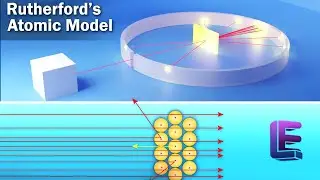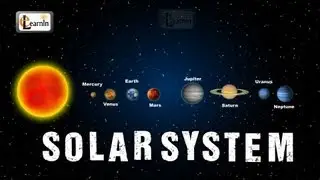Radio - broadcasting and reception - Science
This is a science video for Grade 10 students that explains radio broadcasting and reception.
RADIO BROADCASTING AND RECEPTION
Using the basic principles of radio and TV communication, radio communication is achieved through various stages which are explained as follows:
a) PRODUCTION OF SOUND AND MODULATED WAVE: In a studio the song rendered by a person is converted into electrical signals using a microphone. These signals are in the audio frequency (AF) range. An oscillator circuit produces suitable rf carrier wave.
b) RADIO TRANSMITTER: The audio signal and r f waves are combined in the modulator or transmitter. The modulated waves are fed to an antenna fixed on a tower. The transmitting antenna broadcasts the modulated rf waves into space.
c) RADIO RECEIVER: The aerial of a radio receiver receives the modulated waves from different transmitting stations. The tuning circuit selects only desired signals. The detector cirxcuits extracts or demodulate the af signal which is fed to an amplifier. The amplified electrical signals are fed to a speaker and converted into music or speech.
![[FREE] Drake Type Beat -](https://images.videosashka.com/watch/8uxSc9htpIc)
![😍 [v5.5.0] 'New Season, New Dreams' Platinum OBB Patch 🎇 PES 2021 Mobile ✨ Exclusive Legendary Teams](https://images.videosashka.com/watch/c3D434ONCoU)





























